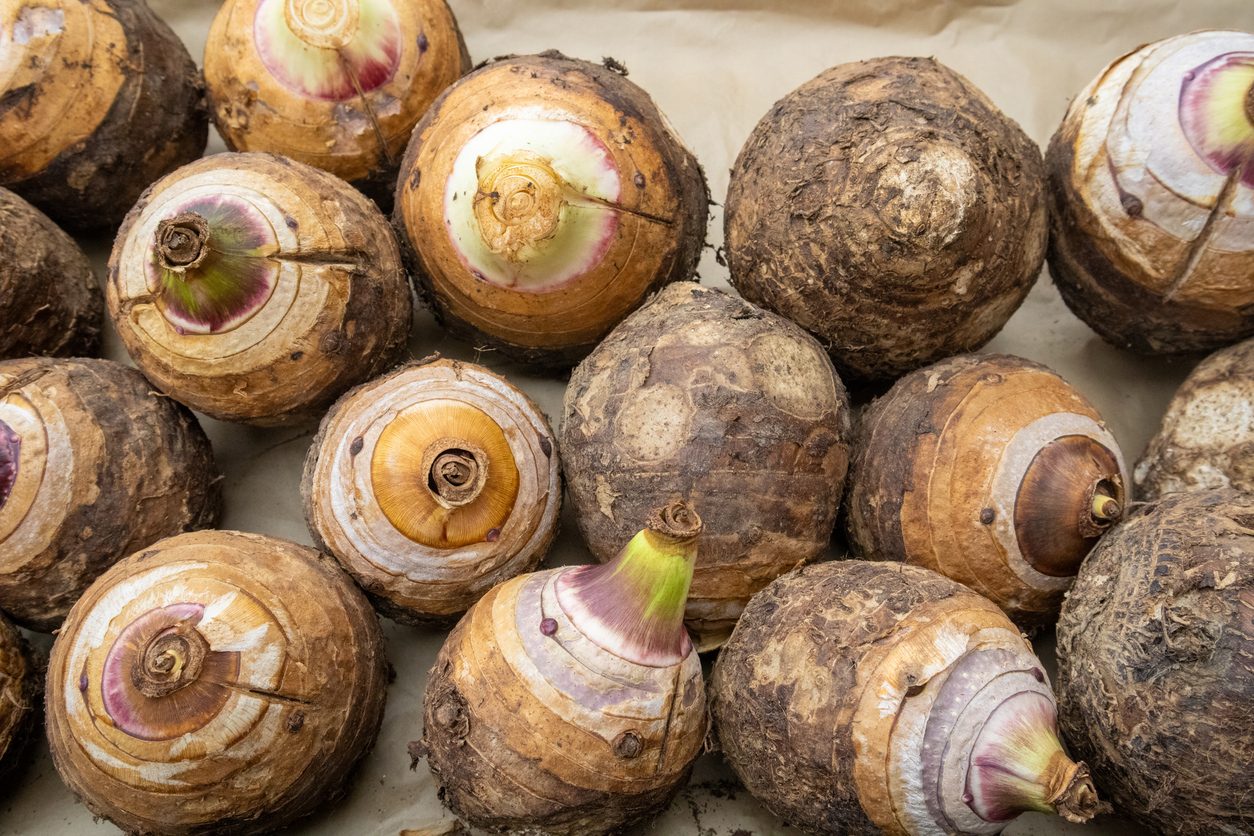Here’s Everything You Need To Know About Watering Your Plants
Like humans, plants need water to survive. This is common knowledge, but many people still seem oblivious to the appropriate time for watering or if there's even a need for such knowledge. According to experts, this knowledge, regardless of how unimportant it may seem, is necessary as lack of water may cause your plant to have stunted growth.
;Resize,width=742;)
One of the first lessons learned during a gardening class is watering. Although watering is admittedly an easy task, your plants need you to do it properly i.e., in the right amount and at the right time.
The appropriate amount of water your plant needs varies depending on what kind it is. However, the right time to water plants of any kind remains the same: "before they need it."
Yes, the simple response is that you should water your plants just before they need it. You don't want to wait until you notice they're withering or drooping as the damage may be irreparable or delay growth.
What Time of Day is Best?

Experts say it is best to water your plants in the morning. Here are two reasons why:
The water will serve as a fortification for the entire day.
If you're watering from overhead, the moisture can quickly evaporate from foliage during the day. Overhead watering done at night may pose a danger of infection to your plants.
Remember: it is most preferred that you water the base of your plant, which is void of foliage, so that the water reaches the roots quickly, escaping evaporation.
The exception: Dusty plants may benefit from an overhead shower occasionally.
What About Watering Plants in Containers?

If it's during the hottest times of summer, you may be required to water your plants twice daily, ideally morning and evening. Watering in the morning provides enough hydration for your plants throughout the day while watering at night replenishes the lost water.
On a final note, keep these handy tips in mind:
- Cacti and succulents require less watering.
- Newly installed plants require frequent watering until they're established.
- You can conserve the moisture of the soil with mulch.
- Water slowly and deeply so that the liquid seeps down the soil.
- Check the soil moisture with a trowel.
- If the top two inches of soil is dry, you need to water whether plants have started showing dehydration signs.
- Hand watering is sufficient for container plants, but may not be adequate for plants in the ground. Leaving a hose to dribble over the soil for a while ensures that the water is adequate and seeps deep enough as necessary.
Good luck!
;Resize,width=767;)
;Resize,width=712;)
;Resize,width=712;)

